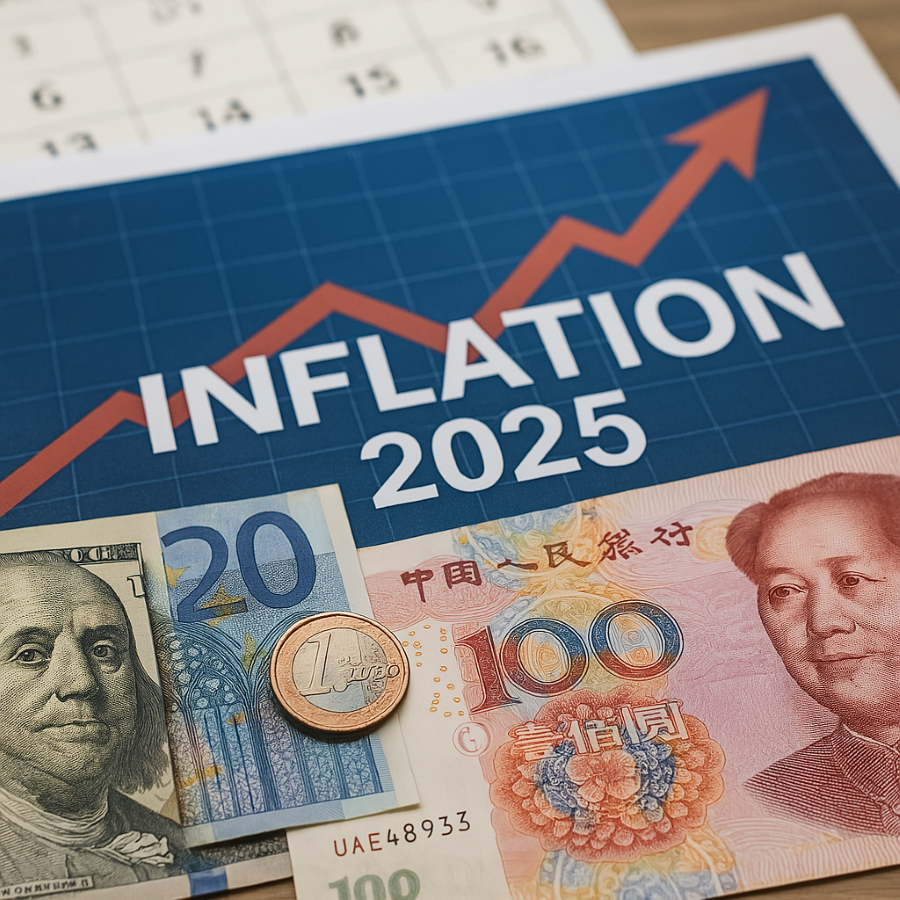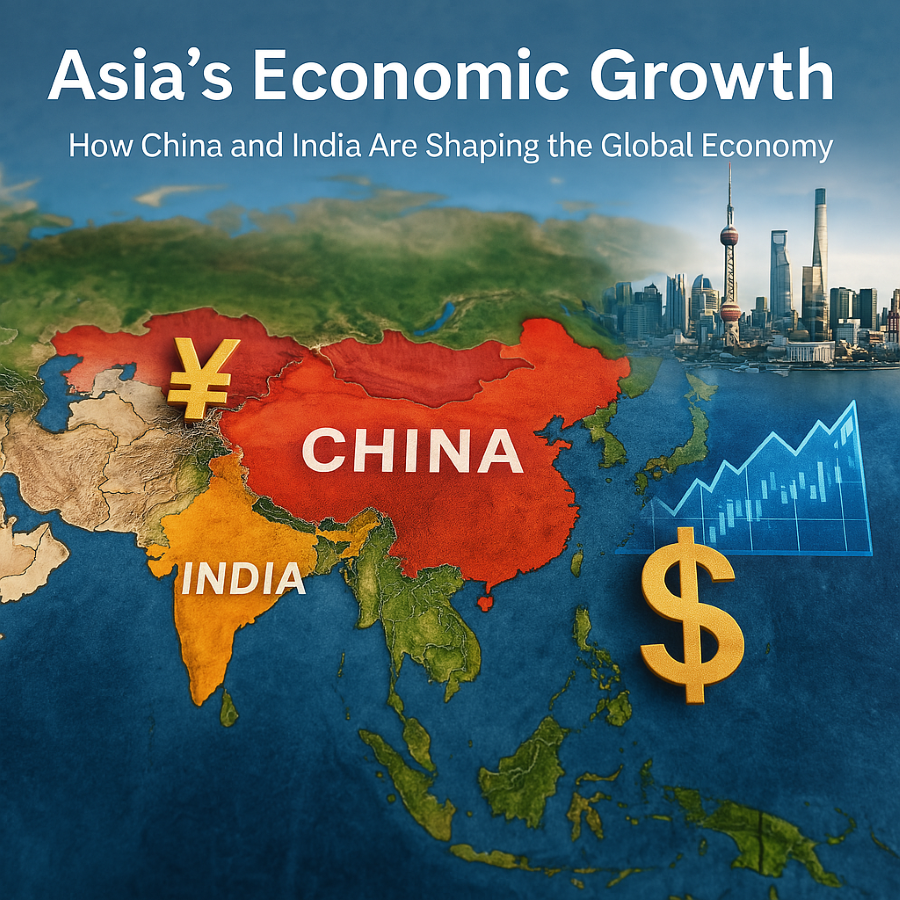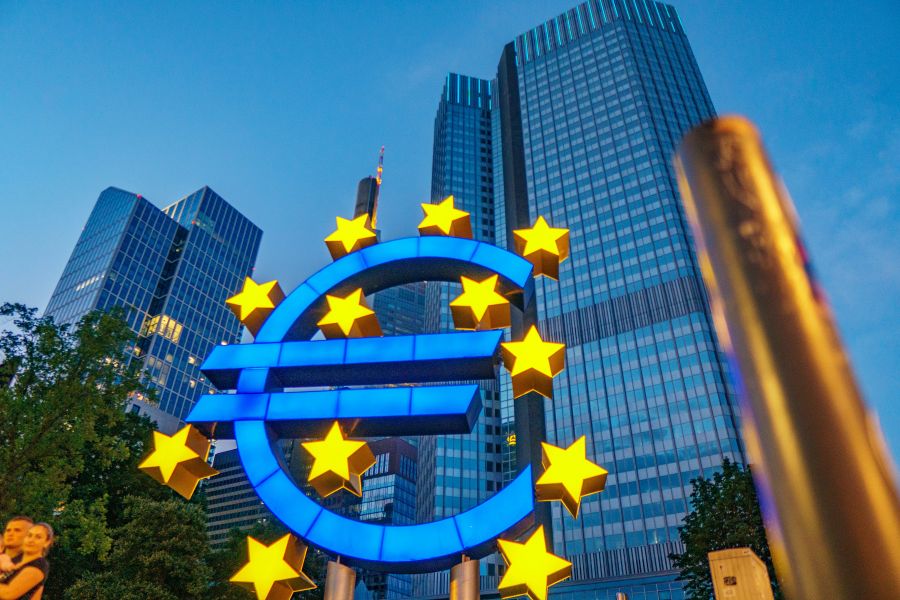The European Central Bank (ECB) has announced another interest rate cut, marking the fifth consecutive reduction in response to economic challenges in the Eurozone. This move is aimed at stimulating economic growth, controlling inflation, and maintaining financial stability. But what does this mean for investors, businesses, and the global economy?
Why Did the ECB Cut Interest Rates Again?
Several factors contributed to the ECB’s decision:
- Slowing Economic Growth: The Eurozone has faced sluggish economic expansion, prompting the need for monetary easing.
- Inflation Control: Inflation rates have fluctuated, and lower interest rates help balance economic demand.
- Encouraging Borrowing and Investments: Reduced rates make borrowing cheaper, encouraging businesses and individuals to invest.
- Strengthening the Banking Sector: With easier lending conditions, banks can boost economic activity by increasing credit availability.
How This Affects Investors and Businesses
Stock Markets May See Increased Volatility
Lower interest rates often lead to higher stock valuations, as companies benefit from cheaper financing. However, investor sentiment may vary based on global economic trends.
Bonds and Fixed-Income Investments Become Less Attractive
Falling interest rates reduce bond yields, making them less appealing compared to other investment options. Investors may shift toward equities or alternative assets.
Impact on Currencies and International Trade
- A rate cut may weaken the Euro, making European exports more competitive.
- International investors might seek higher yields in other markets, affecting capital flows.
What Should Investors Do?
If you’re investing in European markets, consider the following strategies:
- Diversify Your Portfolio: Include a mix of assets like stocks, ETFs, and commodities to hedge against uncertainty.
- Focus on Growth Sectors: Look at industries benefiting from lower borrowing costs, such as technology and green energy.
- Monitor the Euro’s Performance: If investing in foreign assets, track currency fluctuations for better decision-making.
Final Thoughts: What’s Next for the ECB?
As the ECB continues its monetary easing policies, investors and businesses should stay informed about future decisions. While lower rates can stimulate growth, they also pose risks, including potential asset bubbles and inflation spikes.




